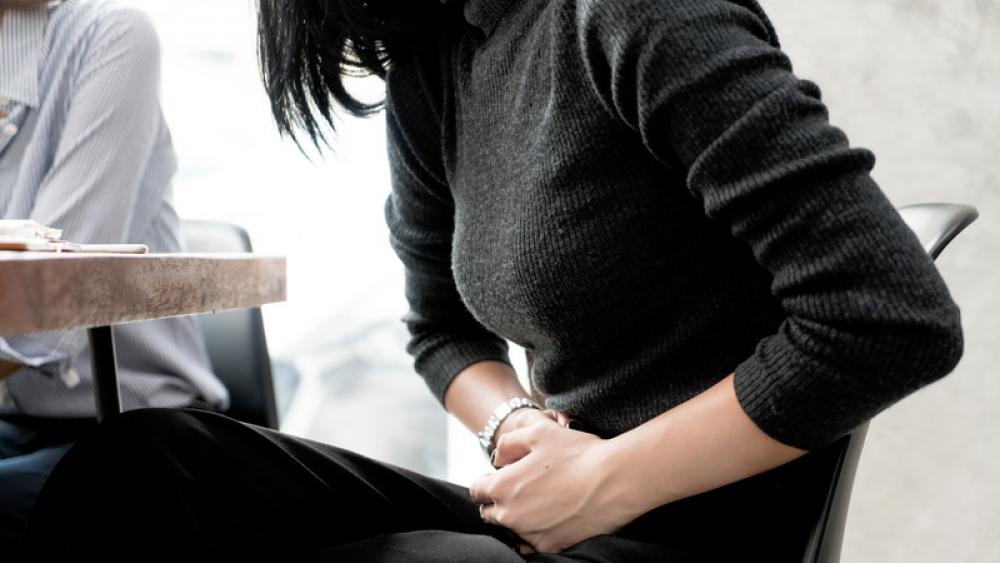




Women's Health
The Constipation Conversation


Alright, ladies. We’re going to have the talk that most of us want to have, but simply doesn’t happen. (Much like the topic itself.) Yes, we’re talking constipation.
Constipation affects an overwhelming number of people – more than 4 million Americans, with women being three times more likely to have stubborn bowels than men. Researchers say this may have to do with the slower movement of food through a woman’s intestines, as well as with the effects of female hormones on the GI tract.
“Constipation has a multitude of causes,” said Dr. Jessica Bracken, a urogynecologist at Methodist Physicians Clinic Women’s Center. “Low fiber, ignoring the urge to go, not drinking enough water, a lack of exercise, painkillers, supplements like calcium and iron, and chronic laxative use can all contribute to constipation. Diabetes and neurological disorders, hypothyroid and depression can also contribute to a slower bowel.”
“While there are many things that can affect constipation, diet is likely the most important,” said Dr. Lindsay Northam, an internal medicine provider at Methodist Physicians Clinic. “Processed foods, high-fat foods, and low fiber diets can all increase constipation. Dehydration can also have an impact on your bowel movements.”
Constipation, or the formation of dry, hard stool in the rectum, is not only embarrassing, it can be uncomfortable and painful. Constipation can cause bloating, hemorrhoids, anal fissure or fecal impaction, and it can also interfere with proper urinary function.
“Constipation obviously can be very uncomfortable,” said Dr. Northam. “Some people experience abdominal pain, low back pain and even nausea as a result of constipation. Frequent constipation can also lead to hemorrhoids and diverticulitis.”
So, how often should you be going? There is no “normal,” but you should have bowel movements up to three times per day or three per week.
What can you do to help relieve your constipation?
- Drink more water. Between 6-8 glasses per day can help rehydrate your system.
- Add fiber to your diet. Aim for between 25 and 50 grams of fiber a day, including breads, grains, fruits and vegetables.
- Eat nutritious foods. Limit foods high in fat and protein and low in fiber, like cheese and other dairy products, processed foods and meat. They can make constipation worse.
- Get more exercise. The vibrations and contractions that come with exercise help your GI tract to work, prompting it to move things along.
- Change up your position on the toilet. Try a small step stool (six inches high) to help flex your hips and create a squatting position.
- Consider a stool softener. Stool softeners add moisture to your stools, making them easier to pass.
- Don’t abuse laxatives. Using laxatives can make your bowel “lazy” and become dependent on them in order to work.
 “Not all home remedies lead to immediate relief. It may take several days, so be patient,” said Dr. Northam.
“Not all home remedies lead to immediate relief. It may take several days, so be patient,” said Dr. Northam.
Your doctor may also offer options such as pelvic floor physical therapy to help give some long-lasting relief for the go.
“We have prescribed pelvic floor physical therapy for several of our patients,” said Dr. Bracken. “It has helped many people find relief. If you have tried softeners and a laxative and have not seen an improvement, had pain or bleeding or have not had a bowel movement in seven days, let your physician know.”
If you suffer from chronic constipation, forget about any embarrassment, and start a conversation with your Methodist Physicians Clinic women’s health care provider.

